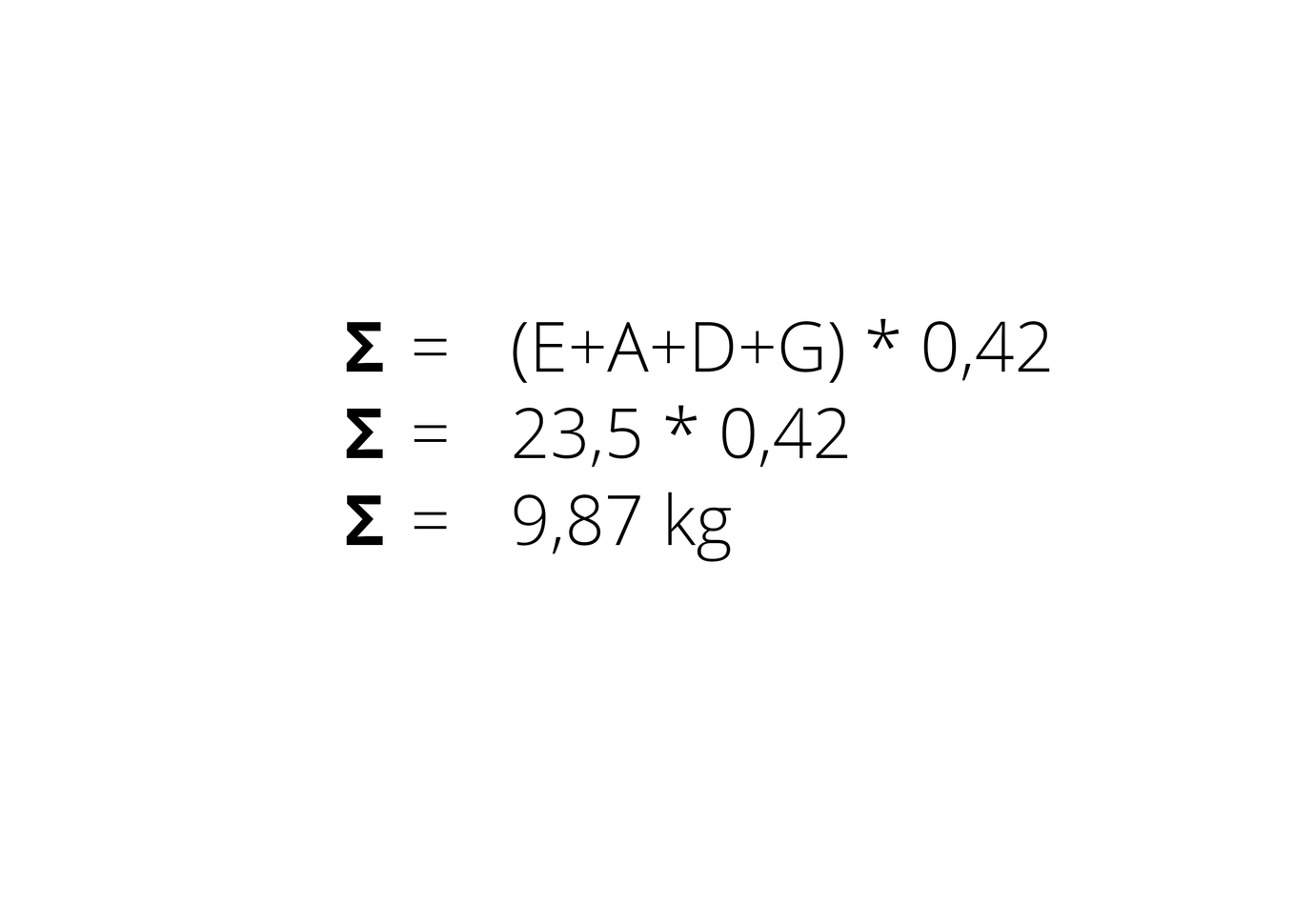Have you spent years mastering the art of string playing but still know little about the ideal way to handle your tools? Are you curious to learn more about the possibilities a high-performance string offers and do you want to optimize your performance in a few simple steps? Stringtelligence offers you an exclusive insight into the science of strings. Find widely unknown tips and tricks of the trade to perfect your sound and elevate your playing to an unexpected level! More than 20,000 words and 19 video tutorials in over 90 chapters: This is string know-how at its best!
How does the string tension affect the sound and the instrument?
String tensions define the forces required to tune the string to the keynote for a certain vibrating string length. The Rondo® G-string RO04 has a string tension of 4.8 kg/10.3 lbs. The string tension of the Rondo® RO100 string set, i.e. the sum of the four strings’ string tension amounts to 23.5 kg / 51.9 lbs.

Part of this mass – depending on the parallelogram of forces (in simple terms, this is the influence of all the instrument’s angles: neck angle, angle at the tailpiece, curve of the soundboard) this can account for between 42 % and 45 % on the instrument – presses on the bridge, therefore providing a defined pressure on the soundboard. This is calculated as follows:
Explanation:
E+A+D+G is the sum of all string tensions. With Rondo® RO100, it amounts to 23.5 kg/50.7 lbs (as stated in our catalog).
Between 42 % and 45% of the sum of all four string tensions apply pressure to the bridge. The percentage varies, depending on the angles of the instrument. For this example, we have assumed 42 % pressure, thus calculated with 0.42. 9.87 kg is therefore the force that presses on the bridge and the soundboard. The instrument and string sound develop best when the right string tensions are chosen and the pressure on soundboard and instrument structure is ideally balanced.
The string tensions have an impact on:
- Sound (sound colors, tonal lifespan, tonal stability in changing air humidity, bow response)
- Feeling (left hand and bow)
- Projection
- Other challenges (wolf tone, E-string whistling, buzzing)
BACK

 ESPAÑOL
ESPAÑOL